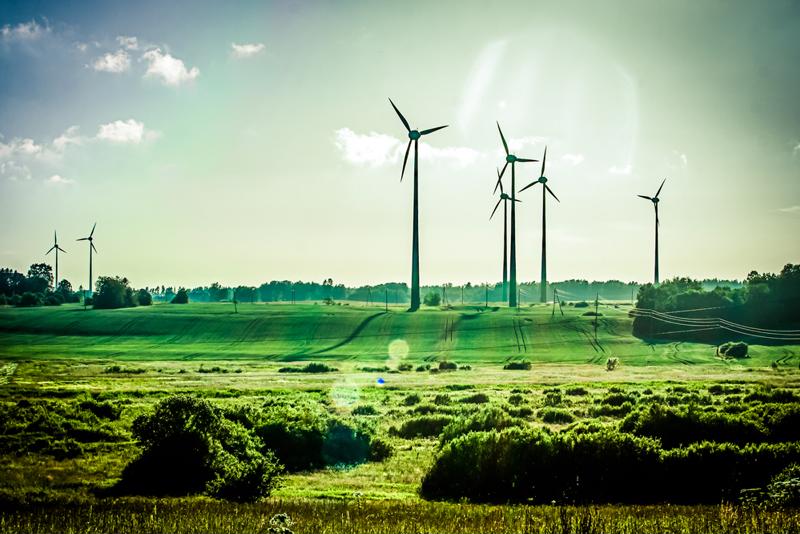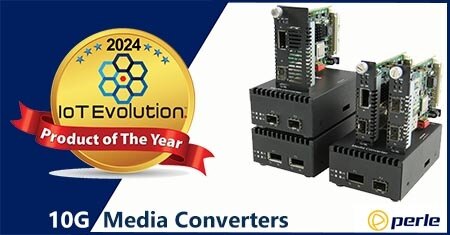
Department of Energy announces $6.7 million allocation for research into IoT integration
By Max BurkhalterFebruary 26, 2020
On February 25, 2020, the U.S Department of Energy announced an allocation of $6.7 million in funds for four university research projects that will design novel approaches for the integration of internet of things technologies. These projects are meant to provide new, efficient ways for energy infrastructure organizations to utilize the IoT, with scalability being a major area of focus.
Academic research
Stanford, Purdue and Portland State Universities, as well as the Massachusetts Institute of Technology will be leading the DOE's research project. These teams will be partnered with industry organizations and National Laboratories, ensuring that they receive the resources and the expertise they need to develop scalable IoT devices and infrastructure.
According to U.S. Under Secretary of Energy Mark W. Menezes, the teams "will support the DOE's effort to invest in next-generation technologies and tools that will improve the security and resilience of the nation's critical energy infrastructure."
Each school has its own unique role in the project. Stanford University will develop a trusted coordination stack that will be used as a foundation in the design of a "robust and resilient coordination platform." Purdue, meanwhile, will develop a sophisticated interface that can make the coordination of resourcing, distribution, optimization and other processes efficient despite the presence of multiple disparate systems. Portland State University will develop an interface link between Grid Service Providers and Service-Provisioning Consumers. Finally, MIT will create architecture that will assist in the networking of IoT devices and energy assets to build up the resilience of the nation's power grid.

Energy infrastructure for the future
At the forefront of the DOE's list of reasons for initiating this project is ensuring that our nation's energy infrastructure can stand both the test of time and anything else the world throws at it, all while becoming a more efficient medium to conduct business. The U.S. power grid is filled with variety: Older natural gas plants coexist with new solar farms, while powerline switching and running hardware can vary greatly in quality. Uniting all of these different aspects into a simple solution is becoming more necessary by the day. Thus, the DOE is turning to the IoT.
The research will be used by the DOE to create technological solutions that will allow energy companies to coordinate with their partners and the government to ensure that everything runs smoothly, while at the same time gaining access to trustworthy systems that can facilitate fair trade between utilities and consumers. Enhancing the operational and business performance of the energy industry allows the entire U.S. energy infrastructure to prosper thanks to the easy exchange of funds and resources. In addition, important metrics can be shared between multiple organizations, allowing customer and competitor needs to be analyzed and resources allocated to those that need them. With the IoT, all of this information is shared between devices connected to the internet, meaning that the margin for human error is greatly reduced, and necessary data is shared efficiently and accurately, practically in real-time.
These new IoT technologies will be built with the capability to navigate interdependent critical infrastructures, like oil, gas, communications, water, and others. Enhancing the coordination between multiple disparate sources is a key priority of this research project, and each school is assigned its own part of the project to ensure that the necessary solutions are drafted in a reasonable amount of time without going over budget. The potential of new technologies like 5G further increases the possibilities for the energy community - thanks to reduced latency times and the sheer amount of supported devices that 5G will bring, IoT engineers will be able to utilize solutions like those being drafted by the schools with minimal headaches, according to Informa.
To make the most of the IoT in any industry, however, you need to have the appropriate hardware infrastructure installed. That's why Perle offers industrial-grade hardware such as Ethernet media converters and hardened switches. Read some of our customer stories to find out how we've helped our clients across industry lines take full advantage of their IoT equipment.



